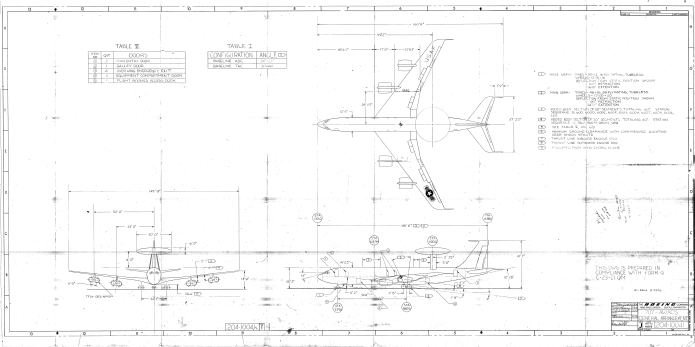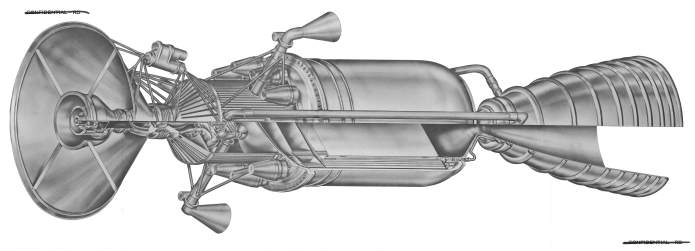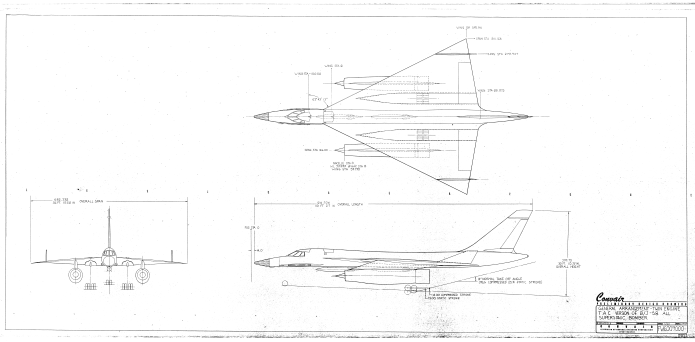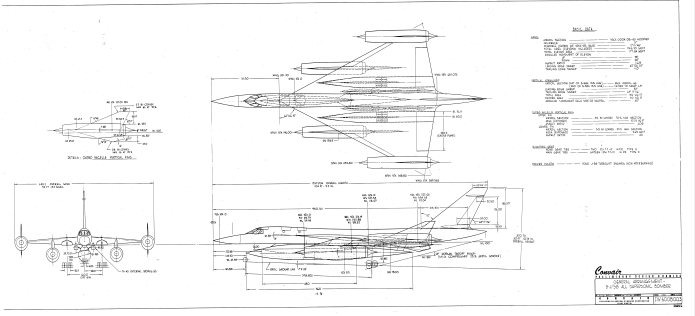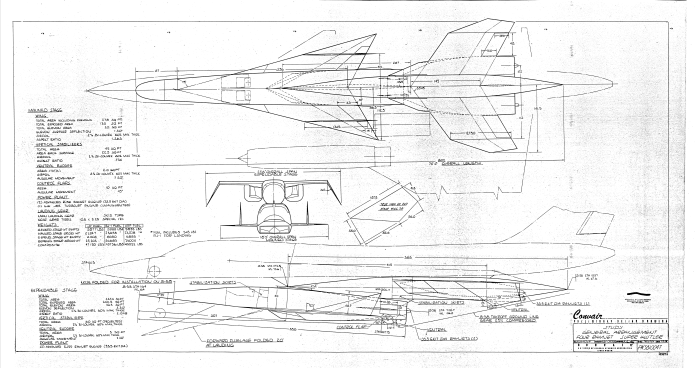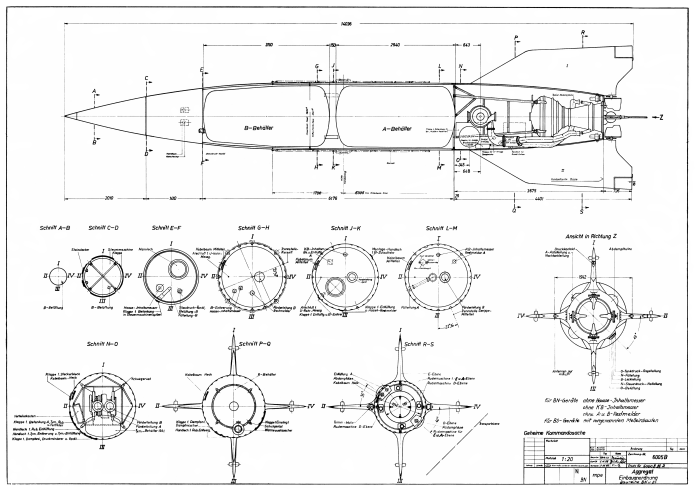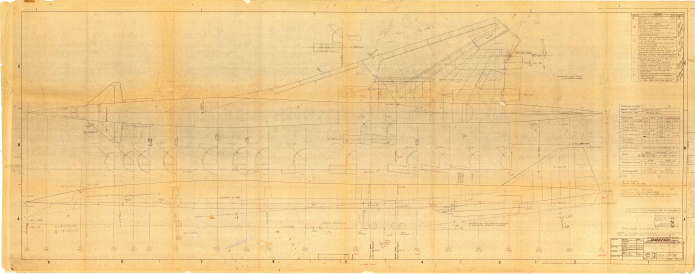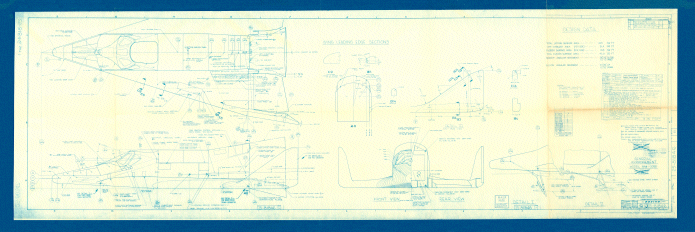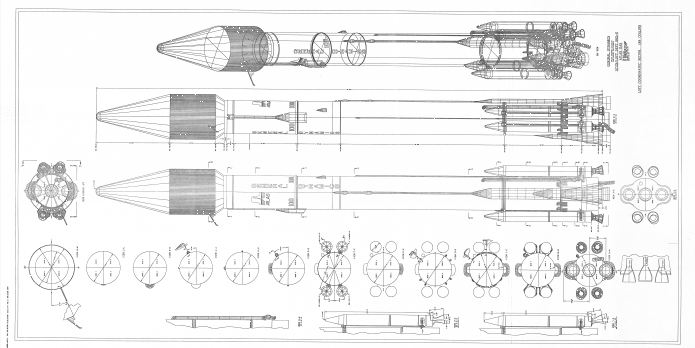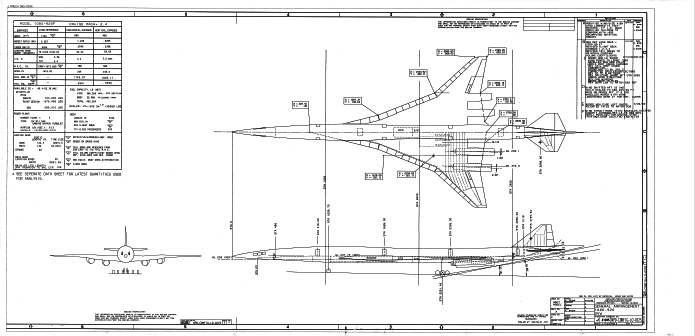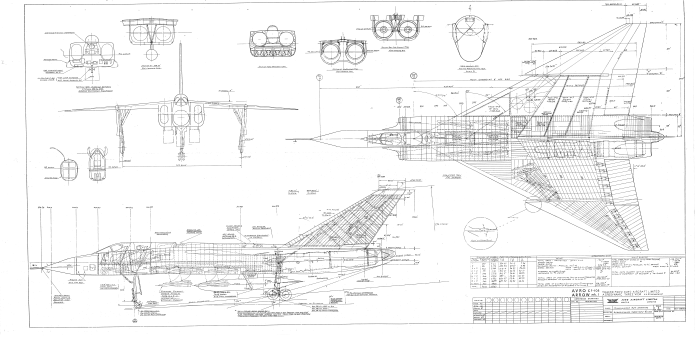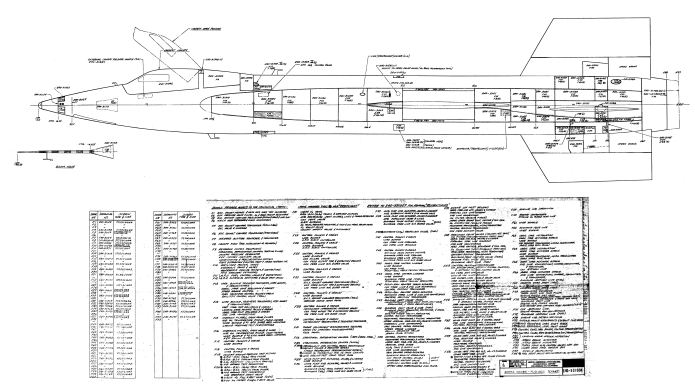Tonight TNT premiered their new feel-good series of the summer, “The Last Ship.” The idea of the show: “Babylon 5: Crusade” set on the open seas rather than deep space. A genetically tinkered plague has swept the planet, infecting at least 80% of humanity with a 100% fatal disease, and one US Navy ship seems to have missed it all by being way up in the arctic when it all went down. During the course of the first episode, the ship is on its way to a refueling station on the coast of France when a Mysterious Foe launches a nuclear missile in their general direction. The missile misses the ship, passing – from the looks of a computer map – some fifty to a hundred miles to the side of the ship and detonating well beyond it (I think it also took out the refueling station). That was rather odd. But what rustled my jimmies was as soon as the nuke went off, the electromagnetic pulse wiped out all the electrical systems on the ship. There are at least three things wrong with that.
1) A naval vessel is almost by definition a floating metal box. This means that it pretty much is a large Faraday cage. An electromagnetic pulse should have little impact on a naval vessel.
2) The military has been spooked by EMP for *decades.* I’m pretty sure that military ships would thus use hardened systems, so that even if the ship doesn’t make a good Faraday cage, the systems should be able to shrug off an EMP.
3) The nuke went off in the lower atmosphere. Thus… NO Meaningful EMP. A truly damaging electromagnetic pulse is created not just by a nuke going off, but a nuke going off IN SPACE. The short form: the high energy gamma rays from the bomb strike the rarified air in the upper atmosphere and rip the electrons off in what’s known as the Compton Effect. The electrons then blast downwards and create powerful electrical currents. The downward trajectory is shaped by Earths magnetic field, so it’s not a simple circular area under the bomb.
For bombs set off in the lower atmosphere, there is again an EMP as the gamma rays interact with the air. But here the effect is right next to the bomb, since the air is right next to the bomb, and within the nuclear fireball. The fireball itself effectively absorbs much of the EMP. If the bomb goes off near long conductors such as train tracks or power lines, the effect can be to set up a kilo-amp electrical pulse which will race down the conductor for many, many miles wreaking havoc as it goes… but other than that, unless you are close enough to the bomb to actually be damaged by the bomb, EMP is not a meaningful concern.
In short: what “The Last Ship” should have shown was a bright flash off on the horizon and the crew going about their duties largely unaffected by electrical weirdness. I imagine the radar and communications guys would have seen some strange things, but other than that, the ship should have shrugged it off.
And to add “buh?” to “WTF,” after the French refueling place was taken off the menu, the US Navy ship sidled up next to an Italian cruise ship and siphoned off their fuel. It was ok, because everyone on the ship was dead of the plague… but since we just saw a US Navy warship get electrically trashed by an EMP, why did the cruise ship still have all its lights on?
And as an aside: if the Russians, Chinese, Iranians, North Koreans, PETA, French or whoever set off a nuke over the US and create a damaging EMP, chances are good that if your electronic hardware isn’t plugged into the wall, it’ll be fine. The electrical current that goes zipping by sets up powerful induction along long conductors (again, train tracks, power lines, phone lines and the like) which can trash things connected to them. Expect to lose transformers and anything plugged in that doesn’t have a military-grade surge protector. But independent non-plugged-in electronics, from cameras to phones to laptops and automobiles and such are too small for the field to create much of a charge. Jetliners – which are designed to and regularly do survive lightning strikes – should be just fine, though the airports themselves might short out. Satellites should largely be fine, unless they are close to the bomb when it goes off or share it’s orbital altitude or lower. Anything beyond the Van Allen belts will probably be quite unaffected.




